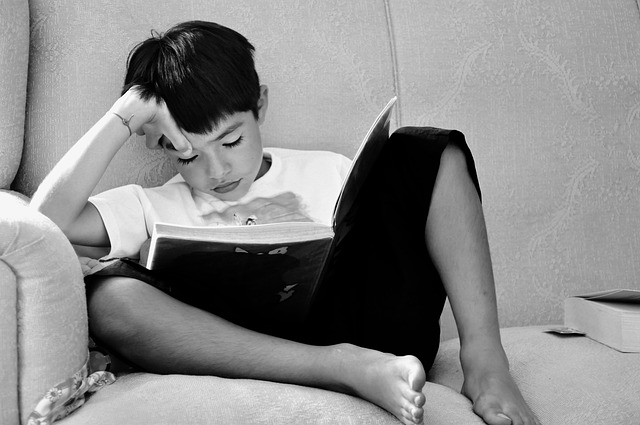Helping children develop a love for reading starts with choosing the right books. For early readers, the right book can make the difference between struggling through sentences and joyfully turning each page. But with so many children’s books on the market, how do you know which ones are best?
In this guide, we’ll cover:
- What makes a good book for early readers
- Age-appropriate reading levels
- Recommended titles and series
- Tips for encouraging reading at home and in school
What Are “Early Readers”?
Early readers are children who are beginning to read independently, usually between the ages of 4 and 7. They’ve already learned basic phonics, can recognize some sight words, and are ready to tackle short sentences and simple stories.
What Makes a Good Book for Early Readers?
When choosing books for early readers, look for:
- Simple vocabulary – Words that are easy to sound out and remember.
- Short sentences – Helps children stay focused and build confidence.
- Repetition – Repeated phrases make reading predictable and fun.
- Engaging illustrations – Pictures help children understand the story.
- Relatable themes – Stories about school, friends, family, and animals keep interest high.
Age and Reading Levels for Early Readers
| Age Range | Reading Stage | Recommended Book Features |
|---|---|---|
| 4–5 years | Pre-reader / Beginner | Large text, lots of illustrations, rhyming words |
| 5–6 years | Emerging reader | Simple sentences, predictable patterns, familiar vocabulary |
| 6–7 years | Early fluent reader | Short chapters, more text per page, new vocabulary introduced gradually |
Recommended Books for Early Readers
Here’s a list of popular and effective books that help young readers gain confidence:
ALSO READ: How to Improve Reading Skills
1. “Elephant & Piggie” Series by Mo Willems
Funny, simple, and packed with repetition, these books are ideal for building reading fluency.
2. “Dr. Seuss Beginner Books”
Classics like Green Eggs and Ham and The Cat in the Hat use rhyme and repetition to make reading enjoyable.
3. “Biscuit” Series by Alyssa Satin Capucilli
Perfect for animal lovers, these books feature short sentences and adorable illustrations.
4. “Pete the Cat” by James Dean and Eric Litwin
Combines humor, music, and positivity — great for reluctant readers.
5. “Frog and Toad” by Arnold Lobel
Short stories with themes of friendship, ideal for children transitioning to chapter books.
6. “Little Bear” by Else Holmelund Minarik
Gentle stories with supportive illustrations, perfect for bedtime reading.
Tips for Encouraging Early Reading
- Read together daily – Shared reading builds vocabulary and confidence.
- Let them choose – Allow children to pick books that interest them.
- Use reading apps – Digital early reader books can be interactive and engaging.
- Celebrate progress – Praise their effort, not just accuracy.
- Visit the library – Free access to a variety of books keeps things fresh.
Why Early Reading Matters
Research shows that children who develop strong reading skills early tend to perform better academically later. Early exposure to books helps with:
- Language development
- Concentration and focus
- Imagination and creativity
- Emotional intelligence
FAQs – Books for Early Readers
1. What is the difference between “early reader” books and picture books?
Early reader books have more text and are designed for children reading on their own, while picture books are usually meant to be read aloud by adults.
2. How can I tell if a book is too hard for my child?
If they struggle with more than 5 words on a page, it may be too advanced — try an easier level to build confidence.
3. Are e-books good for early readers?
Yes, as long as they’re interactive and age-appropriate, but printed books are still essential for developing page-turning skills and focus.
4. How many books should an early reader read per week?
It depends on the child, but 2–4 books a week is a good starting point for practice and enjoyment.
Final Thoughts
Choosing the right books for early readers is the first step in fostering a lifelong love of reading. Whether you go for classics like Dr. Seuss or modern hits like Elephant & Piggie, make sure the books are fun, engaging, and suited to your child’s reading level.
